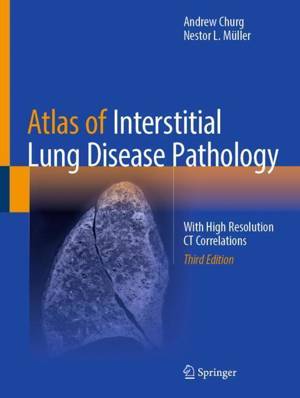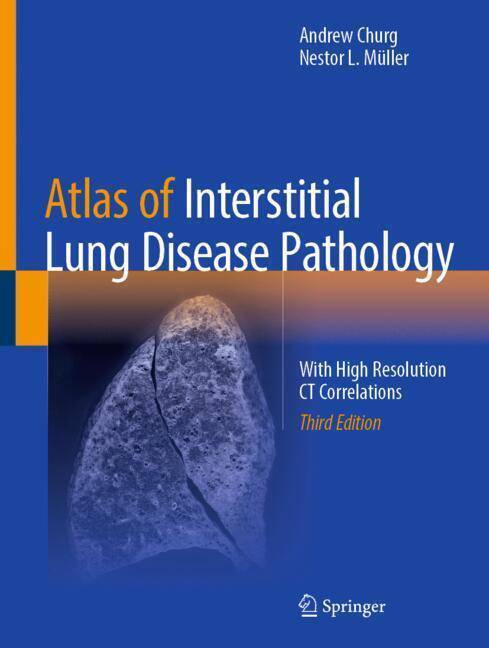
- Retrait gratuit dans votre magasin Club
- 7.000.000 titres dans notre catalogue
- Payer en toute sécurité
- Toujours un magasin près de chez vous
- Retrait gratuit dans votre magasin Club
- 7.000.0000 titres dans notre catalogue
- Payer en toute sécurité
- Toujours un magasin près de chez vous
Atlas of Interstitial Lung Disease Pathology
With High Resolution CT Correlations
Andrew Churg, Nestor L Müller
Livre relié | Anglais
274,95 €
+ 549 points
Description
This objective of this atlas is to serve as an updated diagnostic resource that allows pathologists to diagnose interstitial lung disease (ILD) when they encounter it in biopsies. Pathologists often struggle in this area due to the numerous different and sometimes overlapping entities encompassed by term "ILD". ILD pathology is unique in that diagnostic accuracy always requires correlation with the clinical and particularly the radiologic findings. This is different from most areas of pathology in which only minimal clinical/radiologic information will allow an accurate diagnosis. By including CT findings, pathologists will know what to look for in radiology reports or when talking with radiologists. A further recent development has been the increasingly widespread use of transbronchial cryobiopsy for diagnosing interstitial lung disease. What is becoming evident, however, is that there is astonishingly little in the way of pathologic guidance for making diagnoses with cryobiopsies, and pathologists struggle with them. Advances in understanding the genetics of ILD have led to realization that there are major overlaps in the genetic abnormalities associated with a UIP pattern, even if the underlying disease is fibrotic hypersensitivity pneumonitis or connective tissue disease. A new idea is that of telomeropathy; i.e. the finding that patients with short telomeres are particularly likely to develop fibrotic lung disease, and, most importantly, should not be treated with immunosuppressive agents. Atlas of Interstitial Lung Disease: Pathology with High Resolution CT Correlations 3rd Edition is primarily directed toward non-expert pathologists who encounter interstitial lung disease specimens, as well as radiologists who want some understanding of the pathologic basis for the imaging findings. The book incorporates current clinical/radiological/pathologic guidelines and provides information on how to apply them to biopsy specimens.
Spécifications
Parties prenantes
- Auteur(s) :
- Editeur:
Contenu
- Nombre de pages :
- 300
- Langue:
- Anglais
Caractéristiques
- EAN:
- 9783031859663
- Date de parution :
- 30-05-25
- Format:
- Livre relié
- Format numérique:
- Genaaid
- Dimensions :
- 216 mm x 282 mm
- Poids :
- 1075 g

Les avis
Nous publions uniquement les avis qui respectent les conditions requises. Consultez nos conditions pour les avis.






